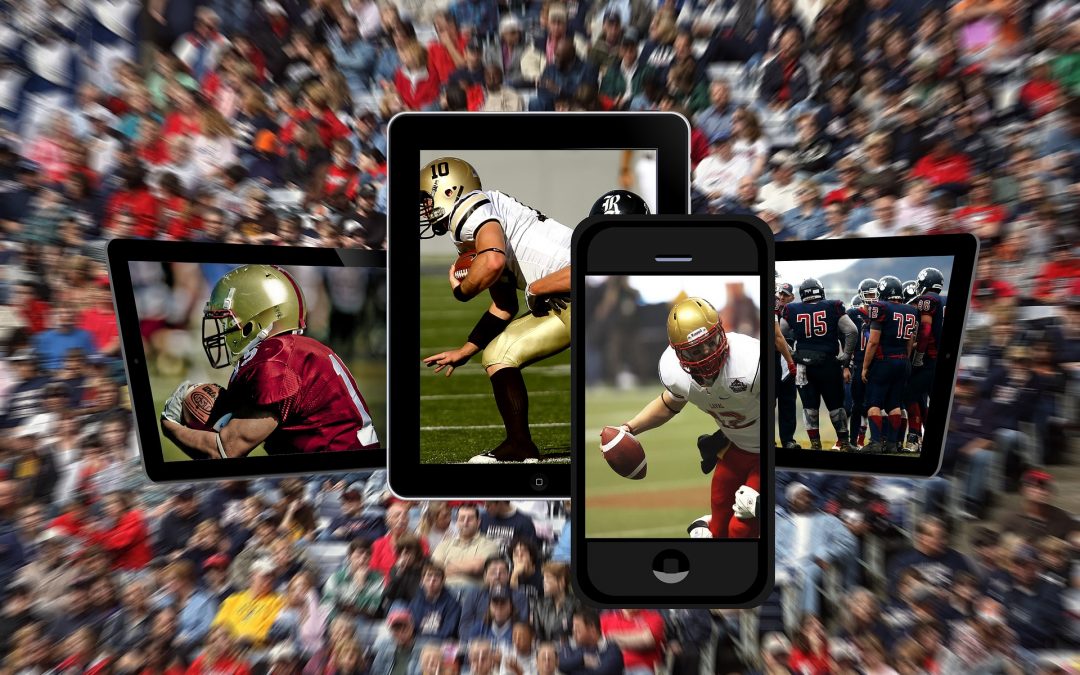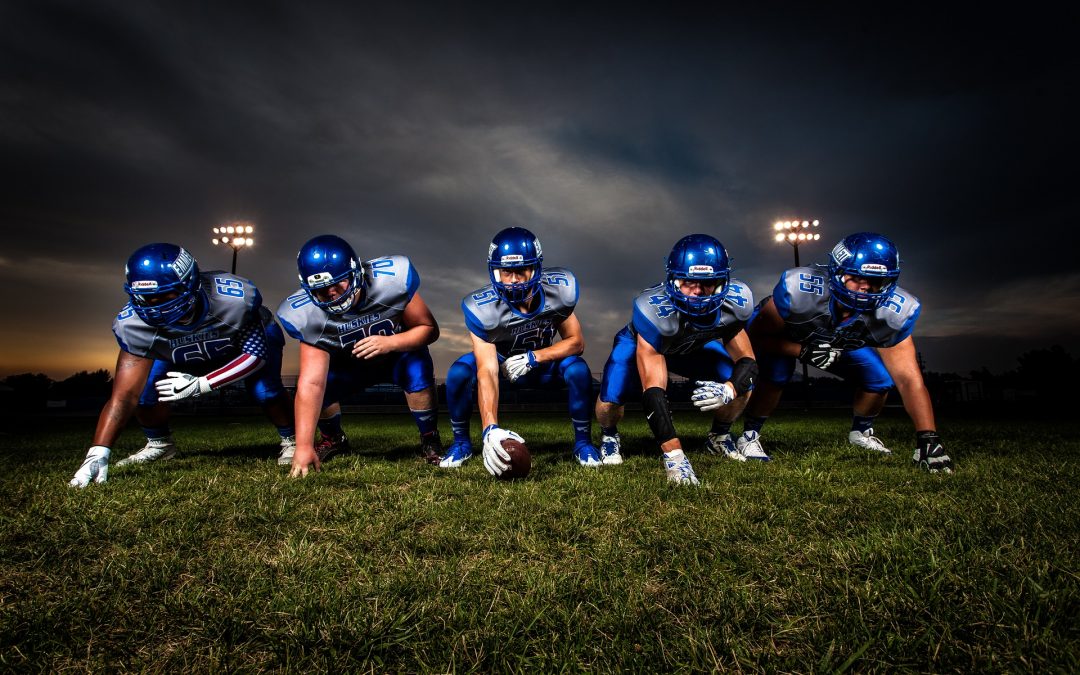
by Don Basile | May 11, 2017 | Tech
The quest to crack the machine learning code has been a dream of scientists since the invention of the computer. In 1950 the Turing Test captivated the public’s imagination with a question that likely seemed more based in science fiction than reality: could a computer ever match human intelligence?
We’ve come a long way since the technology of the 1950s, but the goal for machine learning is essentially the same. And we are living into the age when machine learning is bringing the kind of solutions to life that have previously been relegated to sci-fi.
Computers that can learn and adapt autonomously have fast become the new gold standard. And the startups leading the way into our AI future are answering questions even more interesting than whether androids dream of electric sheep. One of the most exciting industries ripe for an AI makeover is healthcare. Machine learning has the power to revolutionize how we detect and treat illness, and also how we approach patient care. Here are 5 machine learning startups in the healthcare sector to keep on your radar:
1. ID Avatars
ID Avatars recently raised $1M in funding to create emotional intelligence aimed at improving patient care for people with chronic diseases. By using avatars to interact with patients directly, this startup hopes to lead the charge in creating technology capable of providing empathy. This would have a huge ripple effect across the healthcare industry and would be as useful to hospitals and pharmaceutical companies as to patients.
2. Arterys
The mission of Arterys is to make clinical care data driven with a machine-learning based imaging platform. They have developed the first 4D Flow Technology to measure blood flow more accurately and in a non-invasive way than current methods. The blood flow work can be done with any MRI. The tech is integrated with a SaaS platform for doctors to better interpret data on the go, and the potential applications for non-invasive blood analytics span across all kinds of medical needs.
3. Babylon
London-based startup Babylon has raised more than $30M, and it’s easy to see why because their idea is so simple but brilliant: remote app-based medical care. In other words, Babylon is your virtual doctor, nurse and pharmacy in one. Imagine how much more streamlined emergency and on-demand care could be through app-based consultations. It’s already the highest rated service in UK healthcare and aims to expand to areas where healthcare is even more essential, like rural Africa, where doctors are scarce but cell phones are becoming commonplace.
4. Nuritas
Utilizing machine learning to create custom diet plans, Nuritas will be a game-changer in preventative health and overall wellness. Based on AI plus DNA analysis, Nuritas is designed to identify the healthiest ingredients specific to your dietary needs. The future will be full of bioactive peptides.
5. Ginger.io
Developed by MIT scientists, Ginger.io uses predictive models to create a mental healthcare platform. This is a useful alternative model to traditional mental health care, which can be prohibitively expensive and frankly not that convenient for the modern world. App users can arrange a video call with a therapist, text with a health coach, learn coping strategies, and analyze their mood over time with the help of embedded sensors. This is mental health care for the 21st century.

by Don Basile | Apr 10, 2017 | Sports, Tech
2017 Agreement Between Players and NBA Says Practice Games Only
From Fitbit Trackers for the average consumer to the Zephyr Bioharness, which is allowed by Major League Baseball for players during actual games, wearable sports technology is hitting fields, tracks and gyms right and left. But not the basketball courts of the NBA, according to a recent decision between the organization and the Players Association.
The collective bargaining agreement released earlier this year states explicitly (and more than 250 pages into the document) that, “No Team may request a player to use any Wearable unless such device is one of the devices currently in use as set forth in Section 13(f)below or the device and the Team’s cybersecurity standards have been approved by the Committee.”
Section F makes it clear that players will only wear the device on a voluntary basis. The agreement further states that devices can be worn during practice— but not games.
Wearable devices for professional athletes measure everything from movement information (such as distance, velocity, acceleration, deceleration, jumps, and changes of direction), to biometric information (heart rate, heart rate variability, skin temperature, blood oxygen, hydration). Depending on the device, other health, fitness and performance information is gathered.
The technology is not, by today’s standard, new. The Adidas miCoach Elite Team System (one of approved devices for practice) hit the market in 2013. It’s touted, by Adidas, as the first of its kind “that uses physiological data in real time sending it straight to a coach’s tablet on the sideline. The system not only provides real-time insights during training, but tracks total training impact, collects and manages data and is highly portable.”
The goal of the system was to “offer insights into player performance and work rate, helping teams achieve and maintain peak physical performance.”
Apparently unconvinced about the need for wearable devices—but well aware that there’s no turning back from the wearable tech trend—the 2017 agreement sets up a committee to continue to explore the issue.

by Don Basile | Mar 23, 2017 | Sports, Tech
Wearable technology is far from limited to watches and glasses. Though smart clothing is admittedly taking longer to catch on, the possibilities are really endless when apparel is ascribed that “smart” quality that makes IoT products unique.
What if, for example, your pants were embedded with sensors that could tell you about your body, movements, and need throughout the day? Smart trousers are far from just a pipe dream. With various different visions in mind, several technology/apparel companies are developing pants that do more than just fit.
Sweetflexx, for example, sells leggings with “resistance band technology” to help wearers burn up to 255 extra calories a day, when worn. Their unique fabric technology is designed with comfort in mind, with crushed jade stone infused to lower body temperature by 10 degrees, and harness everyday movement to challenge muscles and tone your body.
Another type of smart athletic pants, developed by Athos, measures your muscular effort and maps it on a smartphone app. The app can tell you whether or not you are reaching your maximum muscle potential, if you are favoring one side of your body of another, or if some muscles are working harder than others.
There are also “smart tights” available for yoga enthusiasts. Sydney-based Nadi X comes with an app, and areas of the tights vibrate where posture and form need to be adjusted.
But as we’re discovering more and more, wearables have application outside of just sports. As one example, wearable tech trousers for tradesmen have been designed to keep workers safe. Developed by Snickers — the workwear company, not the candy — the pants house a device that collects data to alert wearers about knee protection and loud noise levels. The idea is to improve the health and safety of the employees wearing them, who may not realize when their health or safety is threatened. The data collection element of these wearables can help employers make adjustments that ensure safer, healthier conditions for workers.
Does wearing smart pants, necessarily, make you a smarty-pants? Maybe! The whole point of wearable technology is to add value and function, and it follows that the more value an item of clothing has, the smarter an investment it is. Though the examples listed probably aren’t for everybody, they do a great job of demonstrating that wearable technology has potential beyond wristwear.

by Don Basile | Mar 23, 2017 | Sports, Tech
“There’s no better time to strike than when you’re winning.” That’s according to Cedric Brown, Interactive Marketing Content Manager for the Miami Heat. On a recent panel called “The Evolution of Sports Fan Experience, Powered By Technology, hosted by Social Media Week Miami, Brown and other Miami tech marketing specialists came together to talk about how Miami teams are modernizing the fan experience–and why a winning team can make all the difference.
Sports teams across the country are undergoing a shift from paper to mobile for tickets. In 2016, this is mostly a welcome change: as Brown points out, “people just don’t use paper anymore.” Four or five years ago, the Miami Heat introduced mobile ticketing at a time it might have not been so popular, if it weren’t for one fact: The Heat were NBA champions from 2011 through 2014. “We noticed that fans hate change,” Brown said. “It’s a lot easier to push a mobile app….when they come to see a great product on the floor.”
Ticketing is just one of many changes disrupting the sports fan experience, but it’s an important one. More people are getting tickets on their phones now than ever, with mobile ticketing expected to account for one in two tickets by 2019. The New York Yankees recently switched over to mobile ticketing entirely, and many teams have apps that makes purchasing easier.
Why make this shift to mobile? There are great benefits on both ends: for fans, there is an element of convenience, fun, and cool rewards; for teams and brands, it is an opportunity to energize fans, bring in additional revenue, and reach sometimes aloof millennial audiences.
Technology can get fans excited, sure, but what excites fans most of all? A winning team. Unfortunately, it’s hard to be excited about poor performance. There’s a cycle: winning teams energize fans, who enable marketers and developers to implement new user-servicing technology, which energizes fans even more, who in turn (hopefully) energize the team to continue winning. Wherever this cycle begins, the idea is simple: fans should have an awesome experience. And losing teams? Fans won’t come out for them, the team won’t profit, less technology will be implemented…. You get the idea.
The relationship between winning, fan experience and technology, of course, begs the question: where does money fit into the equation? The teams with the most wins have the highest payrolls, and are therefore more likely to attract talented CEOs, coaches, and athletes. According to Forbes, “the highly sought-after player is motivated by a combination of the following influences: big money, big money markets where a player can earn bigger-time endorsements, big lifestyles, and the opportunity to play for the biggest time-honored franchises in the history of the sport.”
In a ranking of 2016’s most tech-savvy sports teams, then, it’s no coincidence that the New York Yankees come out on top followed by the Dallas Cowboys.
Where do 2016’s champions stand? The Denver Broncos, who won the most recent Super Bowl, were ranked #14—the second most innovative NFL team. The Broncos having been betting on technology both before and after winning the last two Super Bowls. They have used augmented reality to partner with brands, implementing a “Twitter vending machine” to reward fans, and most recently to host a STEM hackathon.
The Cleveland Cavaliers, who won the NBA champion and are ranked at #10, have adopted 3D mapping technology, virtual reality behind-the-scenes campaigns, and will provide play-by-play “augmented audio” to fans soon.
Then you have the Chicago Cubs, who won the World Series for the first time in over a century. Some have suggested it was their use of big data in analyze pitching performance that helped them finally seal the deal. We’ll have to see if the momentum from the win motivates them to lean into tech trends even more.
All things considered, the Miami Heat remains a great example of how winning empowers teams to take technology to the next level. Their multi-year success brought their fans from a local level to a global level, and ever since the team has been leveraging technology to reach fans across the world. They have redesigned their mobile app and are moving swiftly toward all-digital ticketing. Other winning teams should follow suit.
It’s true that a majority of fans are destined for disappointment regardless of how innovative the fan experience is made to be. But making the journey engaging is worth the while. As long as teams can keep fans on board through the highs and lows that inevitably come, they should be able to make gains in technology too. Just like Brown said—strike when you’re winning, and hope that when you strike out, the fans will stay.

by Don Basile | Mar 1, 2017 | Sports, Tech
Professional athletes make great money—but only for a few years—and far too often their financial gains are lost shortly after they stop playing.
While it varies athlete to athlete, on average an NFL player’s career will last just under four years and Major League Baseball players get a whopping 5.6 years, according to The Bleacher Report.
During that time, these pros can make (again, on average) anywhere from $1.5 million to $4.8 million.
That money has to last them a lifetime. Savvy players (and their agents and managers) know this, which means they know that they have to invest. Interestingly, more and more athletes are funneling their funding towards tech start-ups, whether as straight-up investments or as full-on partnerships.
A recent article in Entrepreneur discusses the start-ups, everything from coaching to photography apps, that NBA stars Steph Curry and Kevin Seraphin are backing.
The National Football League Players Association is so supportive of sports-meeting-start-ups that last year the organization facilitated a “tech tour.” Players toured companies in Silicon Valley, talking with game designers at EA, learning the ins and outs of businesses such as Uber, really seeing inside the innovations.
Why technology? There are several possible reasons. As the Entrepreneur article points out, these are athletes who’ve grown up with technology.
There’s also the potential for high returns—which could appeal to the competitive nature of professional athletes. Apple is still one best-performing stocks ever.
Regarding the start-ups, there’s evidence that playing a competitive sport makes you less-likely to be alarmed by high-risk investments.
Besides, while 90 percent of start-ups fail that’s still better odds than going pro. The NCAA reports that less than two percent of college basketball and football players make it to the pros. The odds are better for baseball, at just over nine percent.
Whether it’s the appeal of a competitive marketplace, the thrill of the risk, or simply wanting to invest in their own financial future, putting money into technology does seem to be trending among athletes.
Which is great, given the long history of pros going broke after successful athletic careers.
While technology and start-ups might seem like a risk for people new to the investment game, investment pros and pro athletes know, the only shots you’re guaranteed to miss are those you don’t take.




